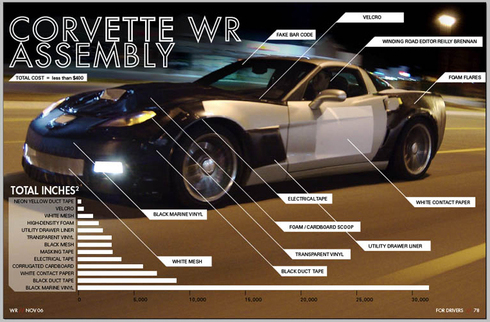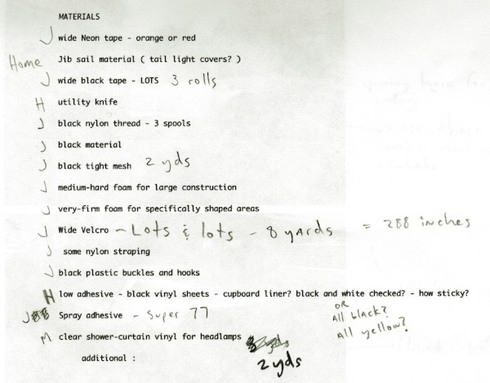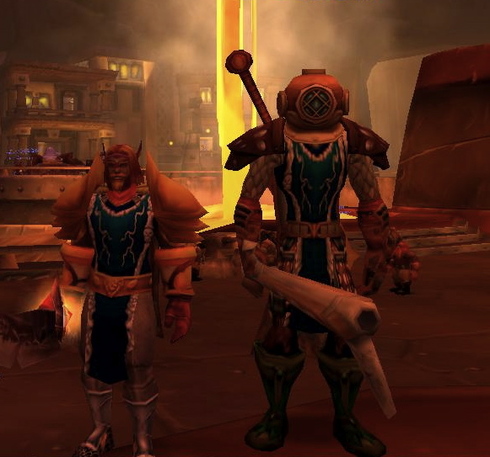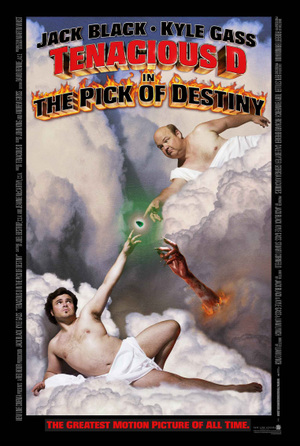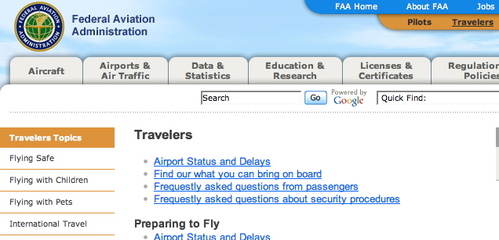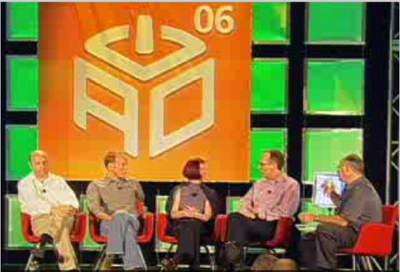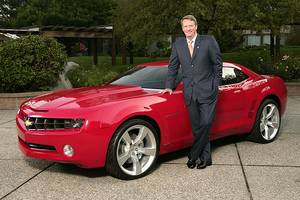What happens when people love your brand and what it could be so much that they’re willing to, err, mess with reality in order to make it so?
As detailed here (and in the diagram and Home Depot shopping list above) my pal Reilly Brennan of Winding Road went through a lot of trouble to create a "fake" version of the mysterious — and as of today, not on the market — Corvette Blue Devil. If you’re not a gnarly gearhead, a little background for you: people who love the Corvette are extremely interested in what’s next. What will Chevy do to make the next version that much better? Or will they screw it up? How might it allow them to go out and stomp on witless 911 and Viper owners? Or to win Le Mans yet again? It’s a community which is not only ripe for the spreading idea viruses, it’s one which welcomes them. And as Reilly has shown, Corvette aficionados want stories and myths that feed the story of why they bought their own car so much that they’ll believe anything. Because they want to. Describing this worldview, Reilly writes:
We have visions of high American optimism coupled with the fear of a regulated, sedan-like tomorrow. We dream of a world full of nightmarish Corvettes, those that rumble and break pavement and write "Zora" on blacktop when they leave stoplights.
In brief, Reilly and team took a stock Z06 Vette and mocked up their ersatz Blue Devil with a few hundred bucks of foam and vinyl and tape. They paraded it around Detroit, and some competing automotive journals even took the bait and published "spy" photos of their fake in action. Which is a fun outcome, but more significantly, rank-and-file citizens like and you and me were shouting "build it" when they saw the fake Blue Devil rumble by. Now, if you were Chevy, once you get beyond the act of outsiders pretending to be you, you’ve got to be happy with that outcome. Why? Because Winding Road’s Blue Devil is simultaneously an example of and a catalyst of the kind of user-generated brand content which Chevy tried to get with its much-discussed user-generated launch campaign for its Tahoe brand. Except, I’d argue, it represents an undeniably positive outcome from a brand point of view.
Philosophically, when it comes to creating infectious action, I see the fake Blue Devil as the same kind of expression as the user-generated Firefox cropcircle. They share some common elements and operate on similar principles:
- No permission asked (or required): I’m not sure how Reilly got the Z06 to modify in the first place, but I’d bet the MSRP of a Blue Devil that he didn’t detail out his aesthetic vision in detail to its owner. Put another way, I doubt GM would have sanctioned it. And the people at Firefox structure their marketing efforts in such a way that they don’t have to be consulted on every user-generated marketing action — a simple set of guidelines and community-based discussion forums is all it takes.
- It’s authentic: If GM had tried this as a publicity stunt, I wouldn’t be telling you about it. Yes it’s a fake car in a sense, but it’s a very real and authentic expression of brand love because of the folks behind it. Who blows 50-odd hours taping foam to a Corvette? What kind of group of people stomp out computerized patterns in a cornfield? Total weirdos who love you, that’s who. Weirdos = Authentic.
- It’s audaciously unexpected: Mess with an expensive, brand-new Corvette to create infectious action? Create a cropcircle of a software logo and then take an aerial photo (how did they do that, anyhow?). I don’t know about you, but I found both of these to be unexpected actions. And because of that, they’re easy to weave a yarn about, and they’re memorable. So, as evidenced by the high amount of web traffic I get linking back to the Firefox cropcircle post on this blog, they’re memorable stories that people want to pass along, infectiously.
- There exists a Dark side to The Force: As experienced by Chevy with its Tahoe campaign, letting people outside of your payroll create your marketing messages can be dangerous. People may call you nasty names and say bad things about you. The Firefox crop circle could just as easily have been a "Firefox Sux, Buy IE" slogan. And embedded in the fake Blue Devil mockup is a bit of a naughty streak, like something the fraternity in Animal House might have done. It’s funny, but does leave one feeling a little dirty. There’s a Dark Side, and one has to be mindful of it. In the end, the actions created by endeavors designed to be infectious can be deeply negative in the extreme, or else we wouldn’t be a species still engaged in genocidal activity. From a design point of view — designing the offering, designing the story, and designing the system to spread the story — the operating principles are the same.
Well, somehow I’ve managed to start with Corvettes and end with genocide. I didn’t expect to get there, but this is a long post, so I’ll stop here.
I’d love to hear what you think.

